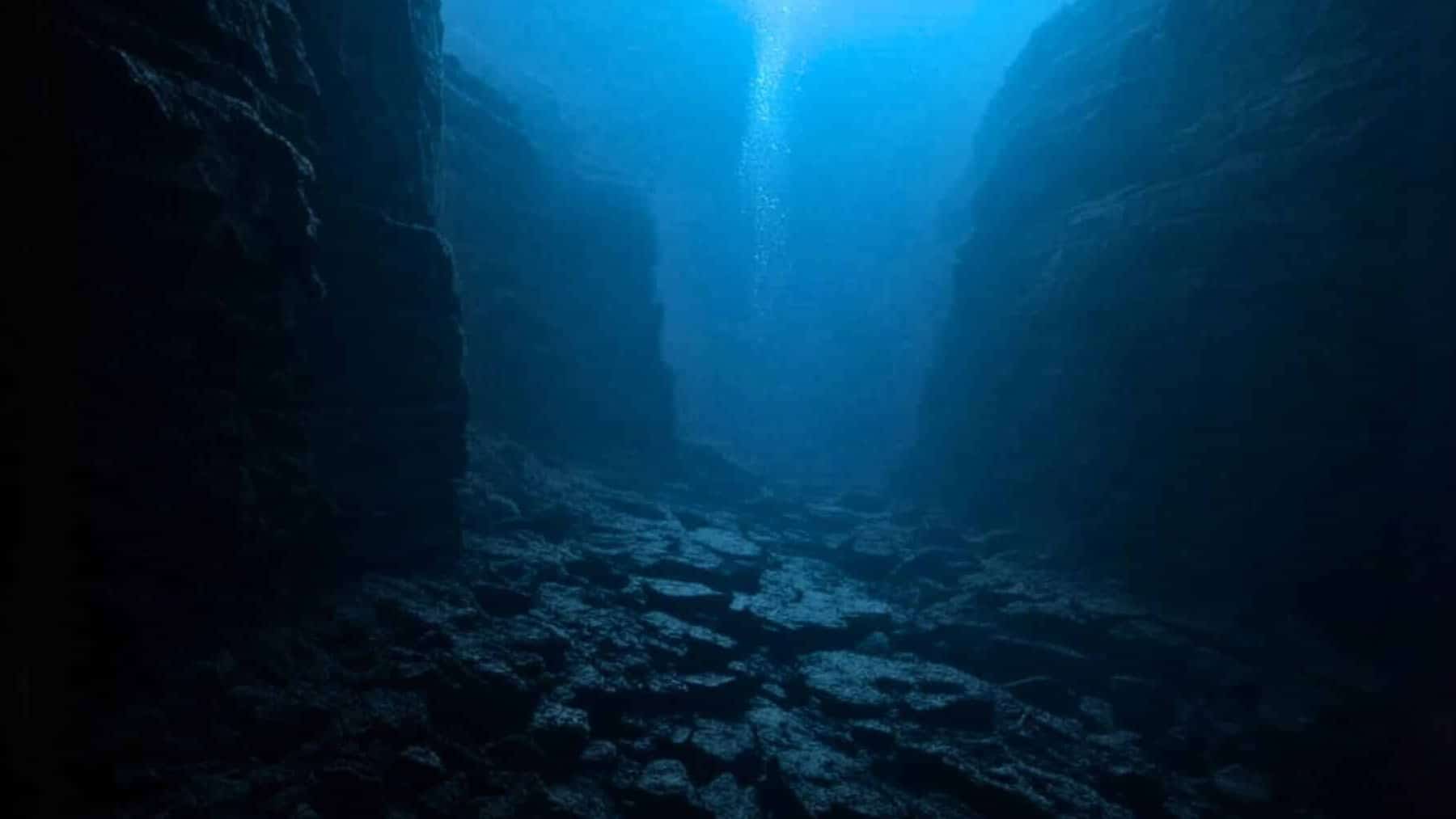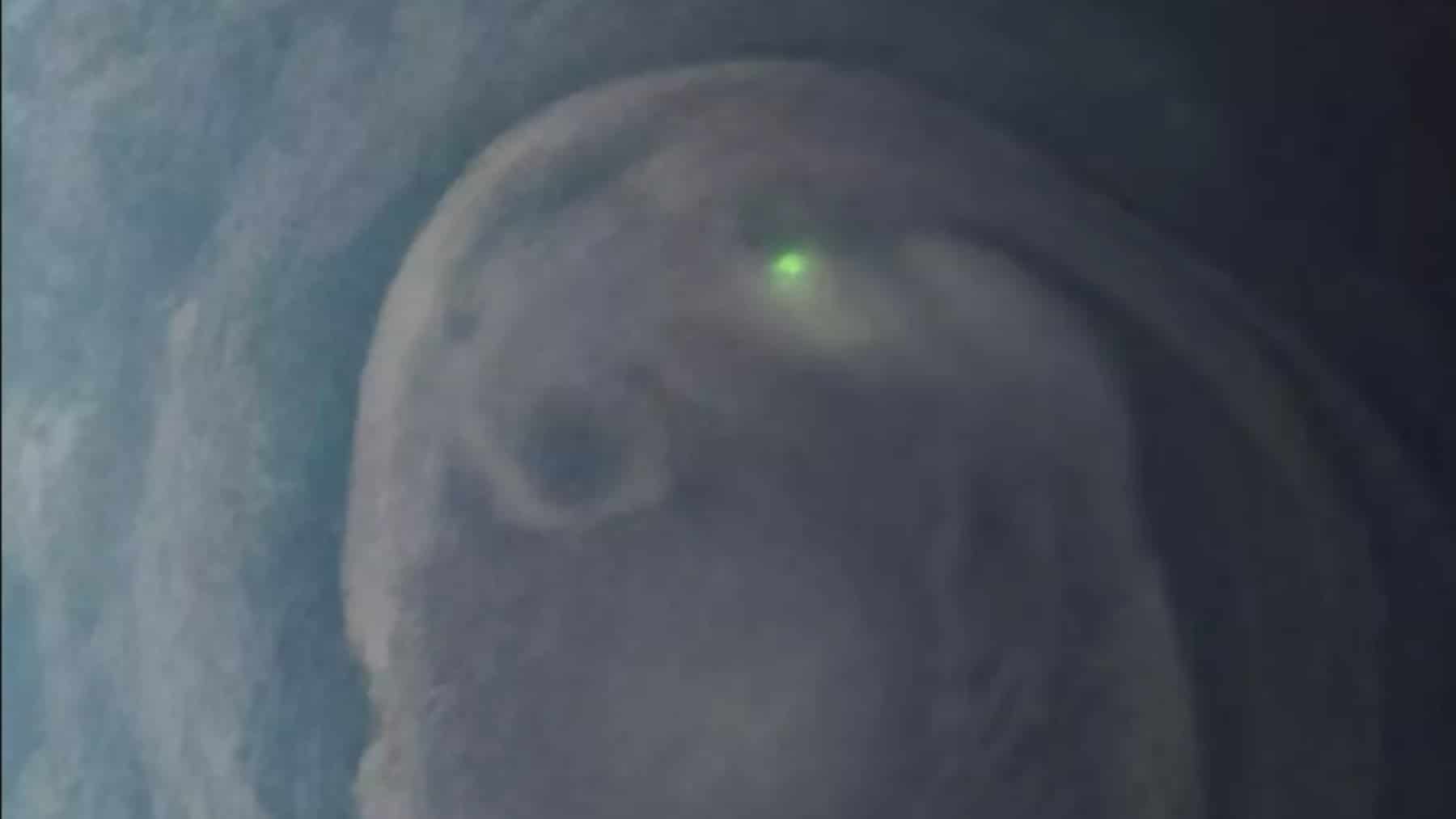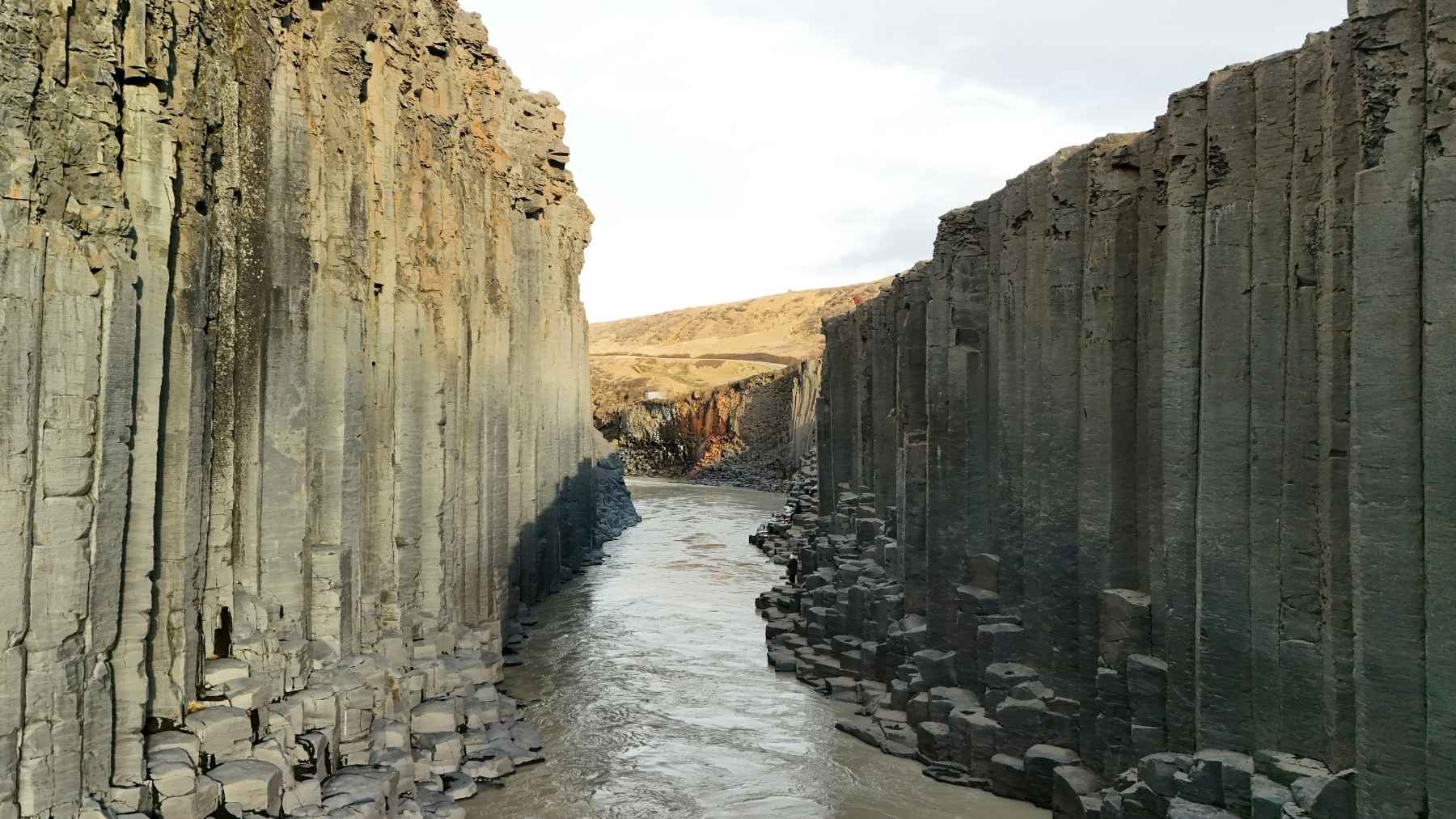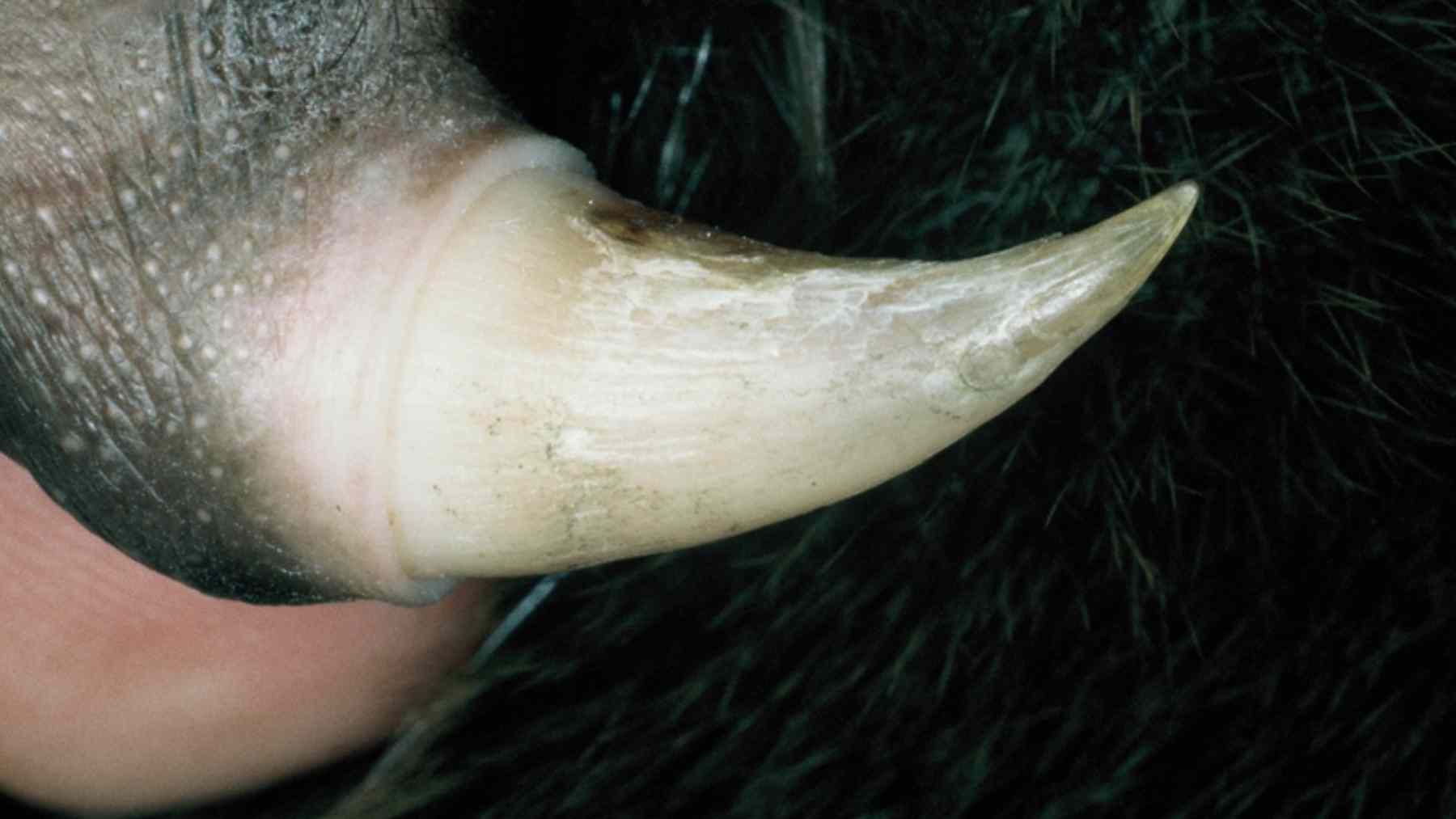Imagine hearing a strange sound coming from the ocean floor for more than four decades and finally discovering its origin. This mystery began in 1979, when scientists detected enigmatic pings at the bottom of the Pacific, but were never able to explain the origin of this “noise”… until now. Almost 44 years later, unprecedented research reveals the sources of these mysterious signals and, at the same time, raises crucial questions about the environmental impacts of a human activity that continues to generate controversy…
The ocean remembers: scars of mining or echoes of the past?
In 1979, scientists at the time conducted a deep-sea mining experiment, specifically in the Clarion-Clipperton Zone (CCZ), an area rich in manganese nodules, essential for the production of metals used in electric vehicle batteries. The goal of the research was to observe the effects of large-scale mining on the marine ecosystem. However, what they didn’t know was that the effects would be more lasting than they imagined.
The mining left visible marks on the seabed, and scientists noticed a series of strange sounds, or pings, emerging from the area, but never understood their origin. These enigmatic pings became a mystery that persisted for more than four decades. However, a recent study led by the National Oceanography Centre and the Natural History Museum in London, published in the journal Nature, reveals that these signals were actually associated with the marks left by mining machinery.
The scars on the ocean floor are still visible today, almost 44 years after the experiment. But more importantly, the researchers discovered that these pings, initially attributed to other causes, were in fact the sound of mining machinery, which, although visibly missing, still left a sonic imprint on the seafloor. Dr. Adrian Glover, the study’s author, commented:
“The scars made by the mining machine 44 years ago look almost as if they were made yesterday.”
Life returns, but at what cost: slow recovery after deep-sea mining?
Even if these mysterious pings have been resolved, the question remains: what impact does this mining activity have on the marine ecosystem? And the answer isn’t simple. The study revealed that the mined area is beginning to show signs of biological recovery. Small, mobile organisms, such as xenophyophores (a species of amoeba-like creature), have begun recolonizing the affected area, suggesting that marine life is slowly returning.
However, this recovery is far from complete. Most fixed animals, those that depend on the seabed for their livelihood, are still absent from the mined area. These organisms are much more sensitive to disturbances, and so their absence raises questions about the long-term effects of deep-sea mining. Recovery is occurring, but at a much slower pace than expected. But we can hope for anything; after all, even in a radioactive lake, we can find life.
“What’s interesting is that animal life has actually started to recolonize the mined area,” said Dr. Glover.
Scaling up the risk: what decades of deep-sea mining could really unleash
While the 1979 experiment provided valuable insights into the impact of seabed mining, the area affected by the experiment was only a fraction of what large-scale mining operations intend to exploit today. Compared to current plans for commercial mining, which cover up to 70,000 square kilometers, the impact observed in the 1979 experiment may be just a glimpse of what’s to come.
Furthermore, the study also highlighted the effects of sediment plumes and their impact on marine creatures. This just goes to show that, even if the study doesn’t offer definitive answers, it provides the basis for more informed and protective policies. Speaking of the Pacific, it’s worth remembering that scientists warn of a shocking discovery at the bottom of the ocean.















